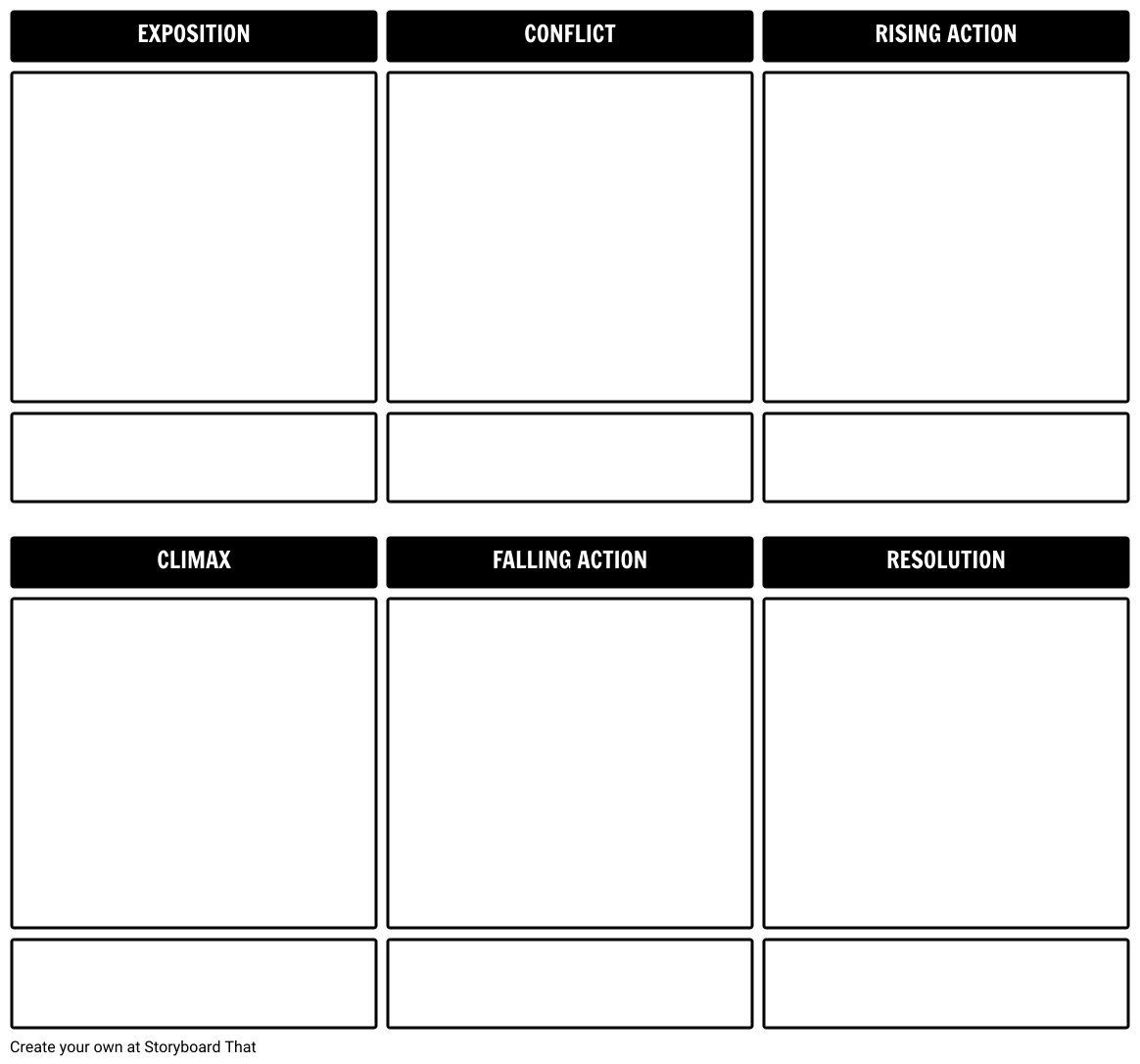
Make them care about what’s happening with the mystery and with your main character’s life and relationships. In other words, lead your reader through the chapter with moments that make it worth their while to keep reading.

Some authors enjoy crafting chapter titles that tease the reader. It’s up to you whether you want your chapters to have titles related to their content. An outline helps keep everything sorted by providing a timeline for all the key moments and clues in your story. How does the outcome of this case affect your sleuth and their relationships?Īfter answering these questions, you’ll have a pretty good idea of what happens in your story.
#Intricate storyboard for writers how to
It’s on you to make sure the reader doesn’t regret buying your novel instead of someone else’s.Īnd there’s plenty of work involved in not only writing your mystery but also editing and revising it - not to mention everything you’ll do to get it ready for publication.īut when you’re done, and your first reader tells you, “You kept me guessing until the very end! I LOVED this story! This is the first of a series, right? … Right?” you’ll know it was worth it.Īnd the more you learn how to get that kind of response from a reader, the more fun you’ll have cranking out one murder mystery after another. Writing a murder mystery can be just as fun as reading one. Let’s cover the basics before we get down to business.

And the more you learn about how to write mystery, the better sense you’ll have of which subgenre you want to focus on. In this guide on how to write a murder mystery, we’ll show you what makes mystery a great choice for your first debut as a fiction author - especially if you enjoy reading and watching them. And with all the subgenres, you have loads of opportunities and choices when writing a murder mystery.Īlthough there’s room for a LOT of variety in this genre, the overall structure is pretty consistent. Congratulations! You’ve picked one of the reading world’s all-time favorite genres.


 0 kommentar(er)
0 kommentar(er)
